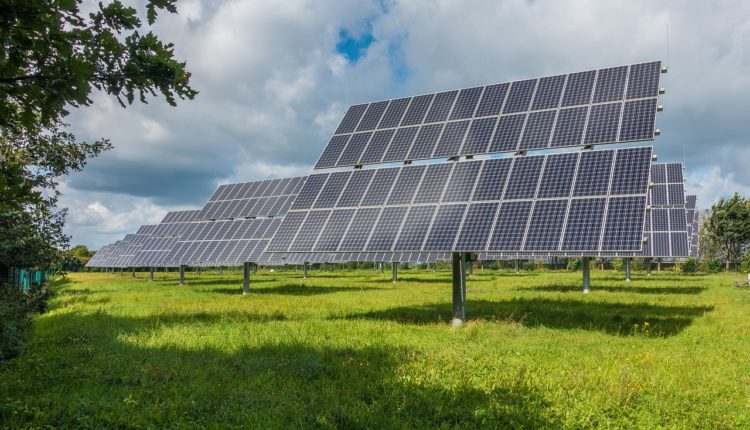How solar charge controllers lengthen the lifetime of your battery – IMC Grupo
Solar technology is gradually replacing traditional energy sources. Industries and individuals recognize the advantages of using renewable energy sources over expensive non-renewable energy sources. Most solar systems are equipped with inverters and batteries to store excess energy that is produced during the day for later use. However, batteries can become overcharged if not monitored.
A solar charge controller solves the above challenge and is responsible for managing the electricity that goes into the batteries. It ensures that the deep cycle batteries are not overcharged or that the current does not flow back to the panels at night. Now that we know what solar charge controllers do, let's look at a few more details, such as: B. Their types and the price of solar charge controllers.
Chargers are available in many variants depending on their performance, features and price. However, the variants can still be roughly categorized into pulse width modulation (PWM) and maximum power point tracking (MPPT).
PWM solar charger
A PWM solar charger connects the solar system directly with the battery bank. With bulk charging, the output voltage of the array is switched down to the battery voltage. The voltage of the battery increases as it is charged. As a result, the output voltage of the panel increases and uses more solar energy. It must therefore be ensured that the voltage of the battery bank corresponds to the nominal voltage of the solar system.
A higher voltage is required to charge a battery. If the solar panel and the battery have the same voltage, the battery will not be charged. The PWM solar chargers are inexpensive and are widely used in households and for commercial applications. In addition, the PWM chargers have been used for a long time and are still a popular choice for many. However, a PWM controller also works with a voltage array below the maximum power voltage.
Ideal panel for a PWM controller
An ideal panel for a PWM controller will have a voltage above the mark required to charge the battery. For example, a panel with a maximum line voltage (Vmp) of around 18 V requires a 12 V battery for charging.
MPPT controller
An MPPT controller is an efficient DC-DC converter that maximizes the power output of a panel. Compared to PWM controllers, MPPT controllers are more demanding. You can manipulate both the input voltage and the current of the PV generator in order to set the optimal operating voltage and thus guarantee maximum power generation at all times.
Interestingly, MPPT controllers can also be coupled to higher voltage PV arrays that are above the rated voltage. It allows the user to choose one of the many types of PV modules; that cost less or may offer more flexibility in terms of size. Higher voltage arrays also mean fewer strings connected in parallel, which results in lower array current, fewer fuses in the combiner box and a lower voltage drop. This allows smaller wires to be used, saving the MPPT controllers money by reducing costly copper wiring.
Ideal panel for an MPPT controller
It is recommended that you check the following when choosing a match for an MPPT controller:
- Make sure the open circuit voltage (VOC) of the panel is below the allowable voltage.
- For the controller to trip, the VOC must be above the threshold or start voltage.
- The maximum panel short circuit current (ISC) must be below the specified range.
- The maximum array wattage must also be kept in check.
Note, however, that while MPPT technology is more expensive than PWM, it may not always be the best or better choice between the two. The choice of a PWM or MPPT solar charge controller depends on the user's location and application.


Comments are closed.